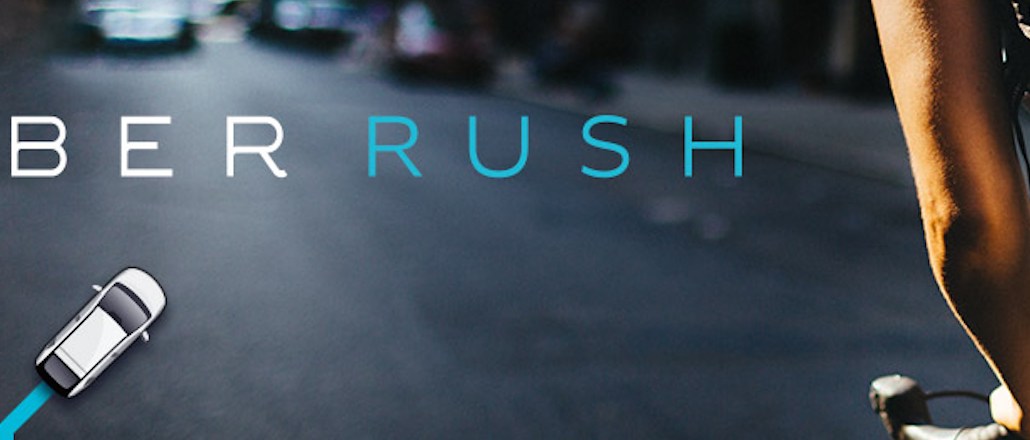
Uber has rolled out UberRush to three cities — New York, Chicago and San Francisco — and partnered with six e-commerce and delivery platforms, like Bigcommerce, Shopify and Delivery.com, to enable small merchants to provide same-day deliveries.
The goal is to help the merchants expand without spending on more delivery drivers, according to Bigcommerce’s chief product officer Tim Schulz. He said that Uber, with its existing team of on-call drivers, “has been building a massive delivery network in plain sight.”
UberRush is helping small merchants — businesses like takeout lunch spots and boutiques — tackle a feat that was previously only a possibility for big-time retailers. And massive companies like Amazon and Target are still limited to offering same-day delivery to select cities. Amazon offers it in 14 metro areas, while Target’s Rush Delivery is available in three cities. Same-day delivery for all customers is tricky because it’s tied to areas near distribution centers; according to a recent study by L2 with RichRelevance, fleets of on-demand drivers like Uber’s have made rush delivery more feasible, but it’s too soon to tell if the approach can scale.
“Retailers have to figure out an economic model that’s sustainable and also makes sense for them as a business competitor,” said L2’s Claude de Jocas, who contributed to the study. “It’s going to require collaboration with different partners to improve that quality of customer service.”
While a retailer may recognize that same-day shipping would be attractive, it can’t do it on its own. In the case of online retailer Everlane, it partnered with Postmates for one-hour delivery, which it launched in beta September 2014 in New York and San Francisco. The delivery costs an extra $4.95 to get items within an hour.

Such a steep fee is likely to turn off all but the most desperate customers, though. L2 found that although retailers assume faster is better for consumers, free beat fast delivery when it came to level of importance — 68 percent compared to 32. Also, while 61 percent of surveyed consumers said they would pay for same-day delivery, 78 percent still most frequently chose the cheapest or free shipping option when checking out.
For online luxury marketplace Net-a-Porter, however, its highest-spending customers demonstrated a need for last-minute shipping. And when it recognized its customers wanted immediate delivery, Net-a-Porter wasn’t willing to outsource any part of its brand experience. So it launched same day delivery in-house, and, according to Heather Kaminetsky, vp of global marketing at Net-a-Porter, the experience is as luxurious as the site itself. From the Net-a-Porter branded black vans to the impeccably dressed delivery drivers, the retailer has made its same-day delivery, called Net-a-Porter Premiere, a thing of luxury.
But it’s not immune to the limitations facing Everlane, Amazon and Target. The delivery service is only available where Net-a-Porter’s distribution centers are — New York, Hong Kong and London — and their outlying suburbs.
De Jocas said that while Uber and Postmates provide a flexible financial model to spur same-day delivery, it will depend on whether or not these companies can continue the service once their venture backing disappears.
“They might find that they’re in the same situation as most retailers — it’s just not sustainable,” she said.
Image via Uber.
More in Marketing

Zero-click search is changing how small brands show up online — and spend
To appease the AI powers that be, brands are prioritizing things like blogs, brand content and landing pages.

More creators, less money: Creator economy expansion leaves mid-tier creators behind
As brands get pickier and budgets tighten, mid-tier creators are finding fewer deals in the booming influencer economy.

‘Still not a top tier ad platform’: Advertisers on Linda Yaccarino’s departure as CEO of X
Linda Yaccarino — the CEO who was never really in charge.





